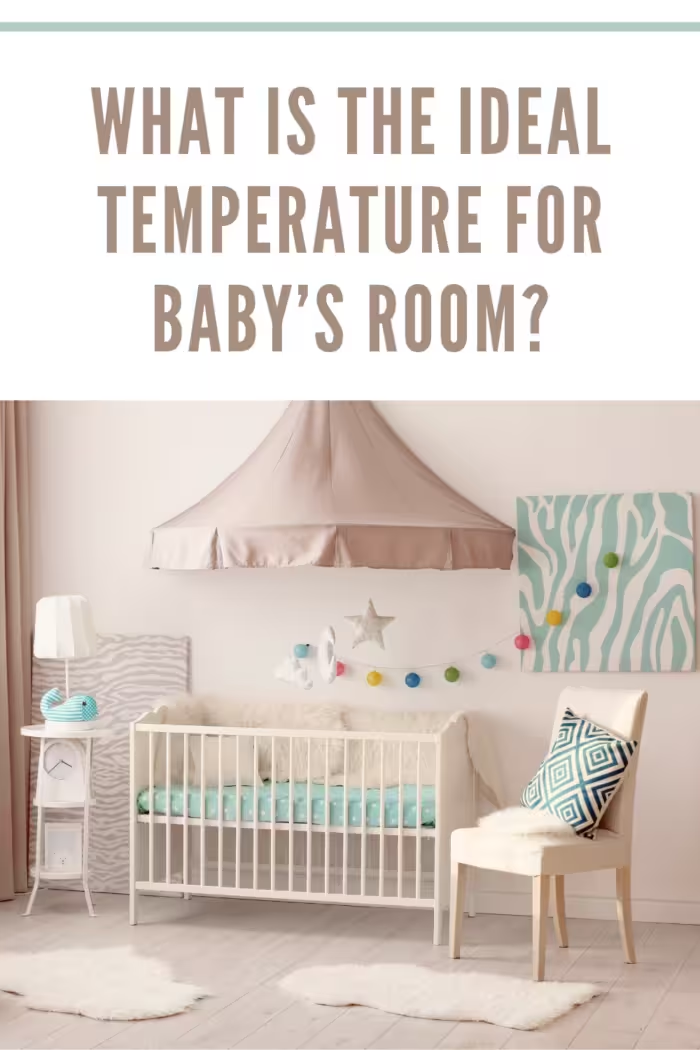Discover the ideal room temperature for your baby’s room to ensure your baby’s comfort. Get expert tips on creating a cozy sleep environment.
When you have a little one, you want to do all that you can to make sure that they are secure at all times. And a big part of that would include taking proactive measures to ensure that their room is a safe place to be in. Sure, this consists of installing a smoke detector, getting the right kind of bedding for their crib, and putting up the kind of window treatments that will not put them in harm’s way. But there’s something else that’s important for you to consider as well, and that would be providing the ideal temperature for their bedroom.

If you’d like some insight on what that temperature should be, along with some tips on how to keep your child and their room comfortable year-round, we have enclosed a few failsafe tips for you below:
What Is the Ideal Temperature for Your Baby’s Room at Home?
Keep the room between 68-72 degrees.
Customarily, the best temperature to keep your baby’s room is between 68-72 degrees. In fact, according to many energy experts, the ideal temperature to keep your home, in general, is at around 73, no matter what the season. It’s similar to the temperature of what it would be on a really nice spring or fall day—not too hot and also not too cold for your baby’s body.
Dress your child appropriately.
To make sure that your child does not overheat, as a good rule of practice, dress them up in one more layer than what you are currently wearing. Also, it’s important that you don’t over-bundle them. That way, they can feel comfortable at all times.
Don’t turn on the ceiling fan (if it’s right above their crib).
If you happen to have moved into a house that already had a ceiling fan in the room that you wanted your child’s nursery to go, try and position the crib to where it’s not right under it. Ceiling fans are a great way to circulate air, but being that it can reduce the temperature in a room by as much as five degrees (or more), that can provide a draft that could eventually make your baby sick.
Close the vents.
If you do happen to decide to turn the thermostat in your house to where it’s below 68 degrees or above 72 degrees, it’s a good idea to close the vents in your child’s room. However, make sure there is a thermostat in there so that you can monitor the temperature. You can always slightly crack open a window if it gets too warm. If it’s too cold, a space heater for the floor.
Conduct an energy audit.
According to Brennan Corp., if you’ve followed all of these other tips and still, it seems like you can’t keep your baby’s room at an ideal temperature, you may have some air leaks around their windows, or it could be a sign that upgrading your home heating system is something that needs to be done. The best way to figure either of these things out is to conduct an energy audit. It’s one of the best ways to see what appliances are working well, if you have air or water leaks and if it’s even time to put down some new insulation. For information on conducting an energy audit, visit Energy.gov and put “DIY energy audit” in the search field.
